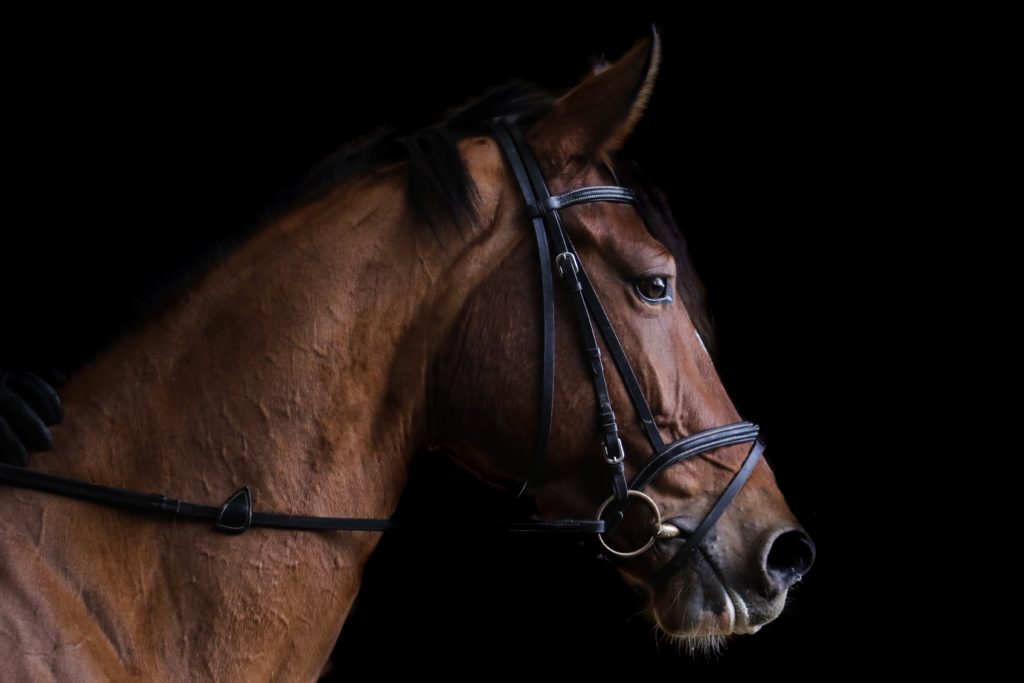|
Side bone is a common problem however many horse owners are unaware their horse has it. It is a condition where the foot cartilage tissue ossifies and causes bony protrusions in the foot to develop. There are several causes of this condition such as improper shoeing or trauma to the foot which results in poor movement. The good news is that the prognosis for sidebone is generally good provided it is managed correctly and it is important that horse owners are aware of this condition and know what signs to look for. Here is our guide to sidebone in horses.
What is Sidebone? Around the horse’s pastern, above the coronary band, there is the lateral cartilage. This is firm yet flexible tissue that helps support the hoof wall and helps to cushion the heel when it is bearing weight. Sidebone occurs when this cartilage starts to turn to bone- becoming hard and inflexible. What are the causes of sidebone? It is most commonly, but not exclusively, seen in the heavier built horse, and is caused by concussion to the feet – hard ground in the summer or trotting on the road. Another cause may be improper trimming or shoeing of the hoof. This repetitive motion injury over time can cause cartilage damage and lead to side bone. Sidebone is more likely to affect the forelimbs as opposed to the hindlimbs and can affect both sides of the feet. Which horses are affected by side bone? Whilst Sidebone can occur in all horses there are some which are more likely to develop the condition including:
How is sidebone diagnosed? Sidebone will be diagnosed by vets on X-ray, sometimes when investigating another problem. Whilst the sidebone is developing the forelimb stride will shorten. If lameness does occur, it is often seen when working on a circle as opposed to a straight line. Once the sidebone has formed it is not so painful for the horse, but it is important to realise that the normal function of the foot has changed, and that supportive shoeing/trimming and work management is essential. Can side bone be prevented? The best form of prevention for side bone is to ensure correct shoeing and trimming of the hoof to ensure that movement is maximised. With the heavier breeds which are being used for all round riding – schooling, hacking and jumping – be aware of the ground conditions and if the ground is hard, it may be an idea in the short term to change your work plans. What is the treatment for sidebone? Rest is the key when it comes to treatment as it provides time for the inflammation to be reduced. This process can take months and during this time anti-inflammatories will often be administered during the recovery period. Whilst sidebone rarely causes noticeable lameness, the horse will be sore during the inflammatory phase and performance will be affected.
0 Comments
|
AuthorNAVP Archives
June 2024
Categories
All
|
The Association |
Services |
|


 RSS Feed
RSS Feed